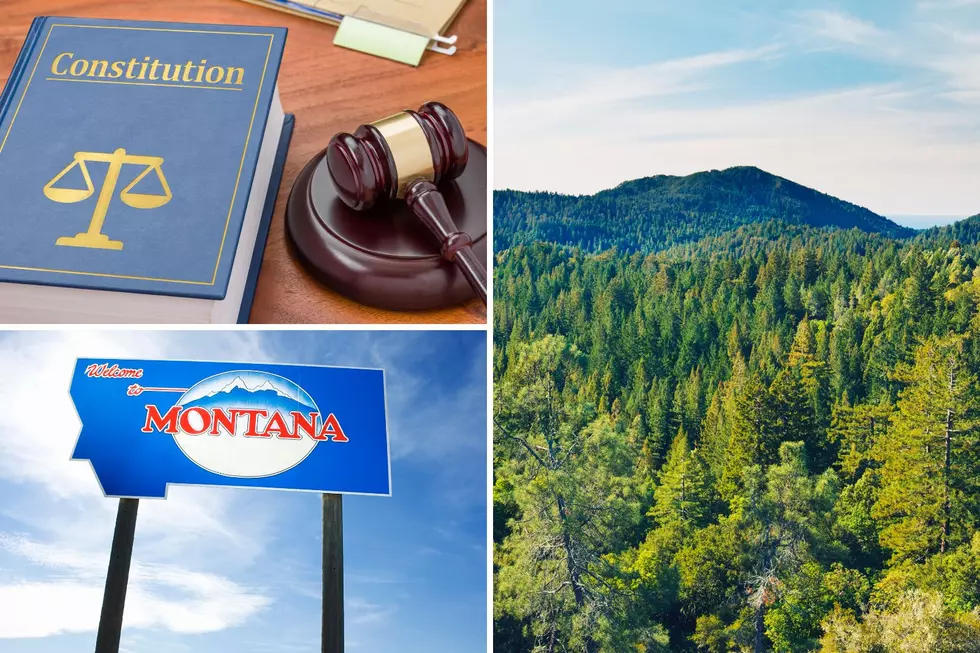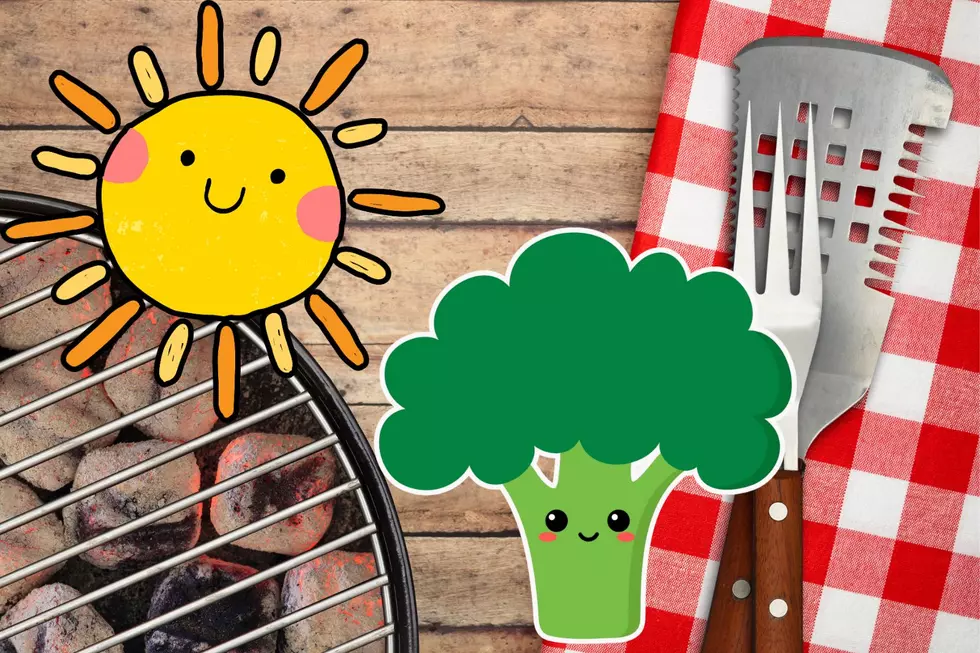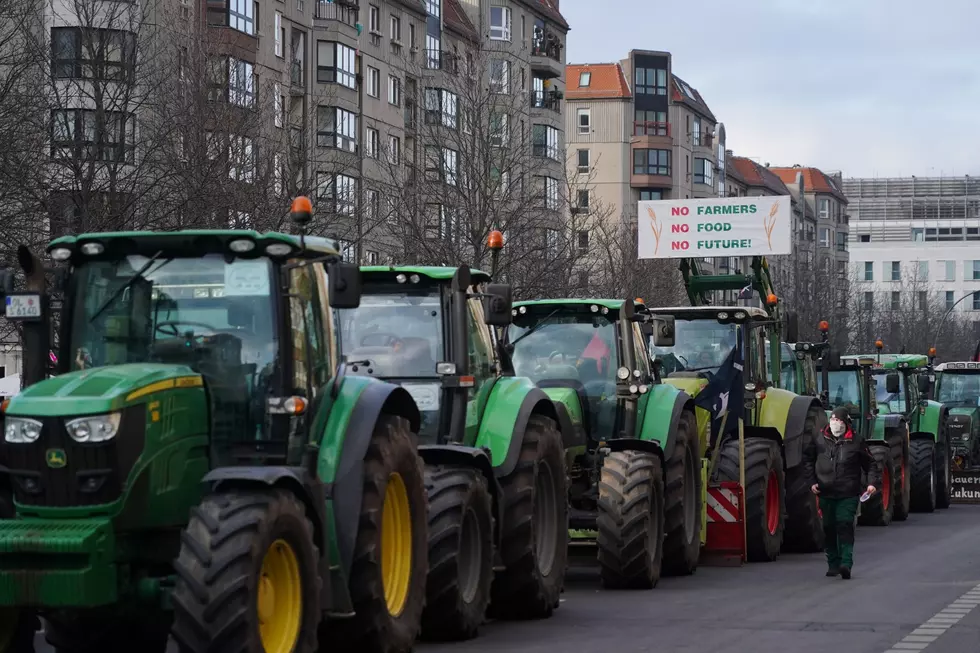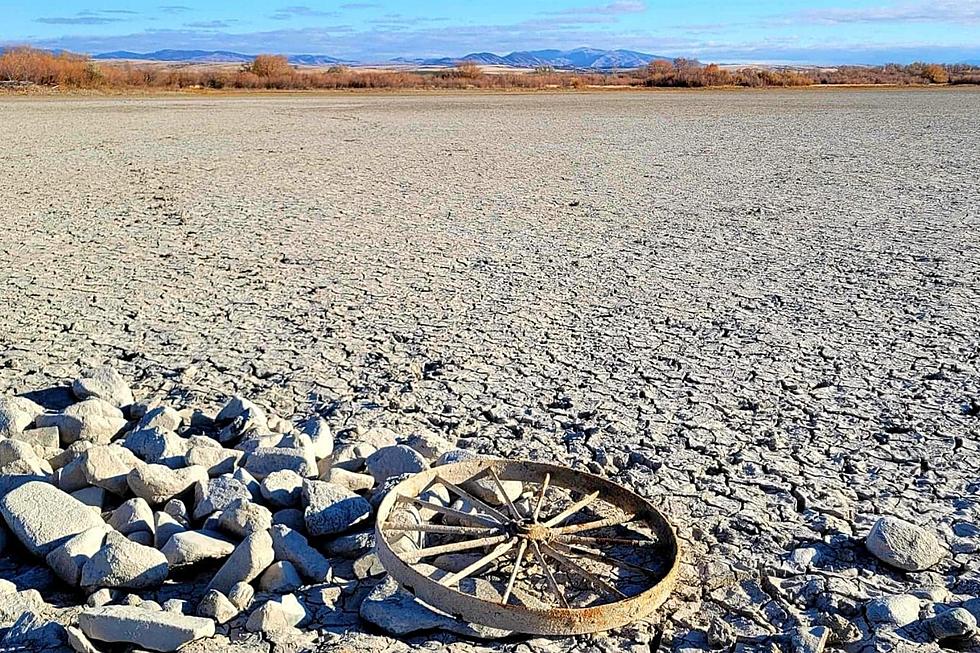
Are Montana’s Drought Woes Being Drowned Out by Spring Rain?
I was up in the Flathead over the weekend with some friends, and it rained quite a bit. It's also been a little wet here in Billings, and most of the state has experienced some form of precipitation since the start of the year, but we're still in a drought. Most Montanans are probably pretty happy that there's quite a bit more water in our state, but where do we stand? Here's an update.
The Drought Covers almost the entirety of Montana
As of April 26th, 2022, this map above puts nearly every corner of the map in some form of drought. The areas in deep red in central Montana that stretch to the Canadian border all the way down to the Wyoming and Idaho border are all in more severe drought that most of the state. If you live in the Northwest corner of the state, you've actually seen your fair share of moisture already this year.
The areas most affected by the drought have only received 68% to 88% of their normal yearly precipitation. The eastern part of the state isn't covered here in this map, but the majority of the drought problems across the state are across central Montana, with eastern Montana not as extreme.
Rain is in the forecast again for parts of Montana
The Billings area is expected to get some rain tomorrow and Friday night (05/03 and 05/06) and Lewistown is expected to have rain tonight, tomorrow, and Thursday (05/05). Southwestern Montana is also expected to get rain and snow in higher elevations tonight into tomorrow.

While this drought is still ongoing, all of this moisture should help the land in our beautiful state. We need the rain, so bring it on, Mother Nature.
10 Waterfalls within 3 Hours of Billings
LOOK: The most expensive weather and climate disasters in recent decades
More From KBUL NEWS TALK 970 AM & 103.3 FM









